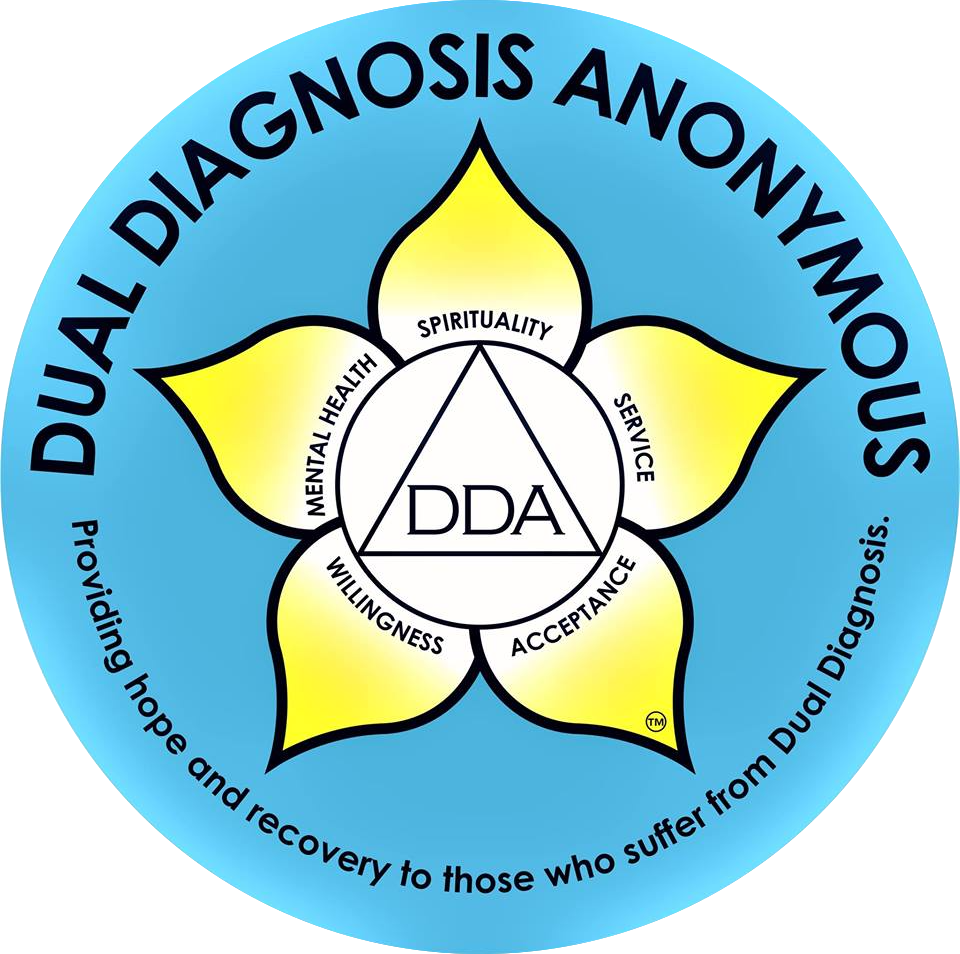In his talks, John Kitzhaber has spoken about the 9000 billing codes that doctors can choose among when they provide a service, decrying the lack of a code for prevention, or maintaining health or helping the patient make healthy lifestyle choices.
The opposite bookend to that comes at death.
An internist friend of mine recently had a patient die. The patient had lived a healthy life. She had no particular illness. She died peacefully in her sleep. She was 102 years old.
Even in cases like this, however, the federal CDC (Centers for Disease Control & Prevention) Handbook, does not allow us to die of “old age.” Death must be attributed to a single disease.
On several occasions over the years, my doctor friend had signed a death certificate only to have it rejected. He had failed to adequately cite the single disease that the patient had died from and that he was supposed to be fighting.
He finally discovered that, in Oregon, you can die of “undefined medical cause.” So that is what he wrote down. He couldn’t just say that the person had finally worn out, and that multiple parts of her body were slowly failing, that the wheels had come off, that it was her time to go.
Recently, Jane Gross wrote about this in her New York Times blog, “The New Old Age:”
According to the federal Centers for Disease Control and Prevention, the leading causes of death among those ages 65 and over are, in descending order, heart disease, cancer, stroke, respiratory disease, Alzheimer’s disease, diabetes, influenza, kidney disease, accidents and infection.
Maybe so. But that’s because people are not allowed to die of old age — at least, old age cannot be listed as the cause of death on the official documents, according to both the C.D.C. and the World Health Organization, repositories of the world’s mortality statistics.
According to the federal Centers for Disease Control and Prevention, the leading causes of death among those ages 65 and over are, in descending order, heart disease, cancer, stroke, respiratory disease, Alzheimer’s disease, diabetes, influenza, kidney disease, accidents and infection.
Maybe so. But that’s because people are not allowed to die of old age — at least, old age cannot be listed as the cause of death on the official documents, according to both the C.D.C. and the World Health Organization, repositories of the world’s mortality statistics.
Neither should “infirmity” or “senescence” appear as a cause of death, according to the C.D.C. handbook on how properly to fill out a death certificate. Why? These words “have little value for public health or medical research,” the agency says. Plus, “Age is recorded elsewhere on the [death] certificate.”
A sample death certificate and instructional text from the federal Centers for Disease Control and Prevention’s “Physicians’ Handbook on Medical Certification of Death.” (Jonathan Corum/The New York Times)
Instead, every death must be attributed to a single disease, which is the immediate cause of death. A second disease may be cited as the intermediate cause, and a third as the underlying condition. Even in situations “when a number of conditions or multiple organ/system failure resulted in death,” the C.D.C. instructs that “the physician, medical examiner or coroner should choose…a clear and distinct etiological sequence,” a “chain of morbid events.”It sounds orderly, doesn’t it? But 80- and 90-year-olds don’t usually die of one thing. Little by little, the wheels fall off the bicycle. The first few times, you patch everything up. But it’s never quite the same. Each setback is a little worse than the last. Bad stuff happens more often. Eventually, as with all machines, the human body simply wears out.
In his remarkable bestseller “How We Die,” Sherwin Nuland rails at the “soulless summary” of the death certificate. He finds it ridiculous and dishonest that “government statisticians and the scientific clinicians insist that proper names must be applied to sluggish circulation and an antique heart.”
To the C.D.C., a cause of death might be cardiac arrest, precipitated by a gastric hemorrhage, which in turn was the result of an ulcer. Or something more challenging to decode: a rupture of the myocardium caused by acute myocardial infarction, caused by coronary artery thrombosis and underlying atherosclerotic coronary heart disease.
But being old isn’t the same as having a heart attack. Frail, weak, bedridden old people don’t get cured, ever. “To call a natural process by the name of a disease is the first step in an attempt to cure it and thereby thwart it,” Dr. Nuland writes.
Plus, the “biomedical world view” distorts what actually happens. Veins and arteries stiffen and narrow. Less blood flows to the brain. Neurons die. Bones get brittle. Tiny strokes leave big deficits. Infections have their way once the immune system is shot. Sometimes all of the above happen, usually at least three.
When a person dies, calling the cause heart disease or pneumonia or osteoporosis or vascular dementia is both arbitrary and beside the point. In fact, everything stops working because the time is up. “The thing that peters out,” Dr. Nuland writes, “is nothing other than the life force.”
What would it mean to medical science, I wonder, if death certificates did not describe us all as dying of something that could have been treated, and perhaps was, but instead of something inevitable and universally shared? Can we really pursue new treatments for heart disease or diabetes without also directly addressing their most frequent cause: age itself? And what would it mean for public policy if the leading cause of death among the very old was “wheels falling off bicycle”? Would long-term care, its costs and indignities, find a place on the national agenda?
Dr. Nuland describes the very old in death as “shrunken,” and I can attest to that. My mother was tiny and crumpled, the light gone from her eyes. She died of old age, no matter what the death certificate says.
You can find the original article here.
We need a system that provides care, while acknowledging that there isn’t always a cure.










Recent Comments